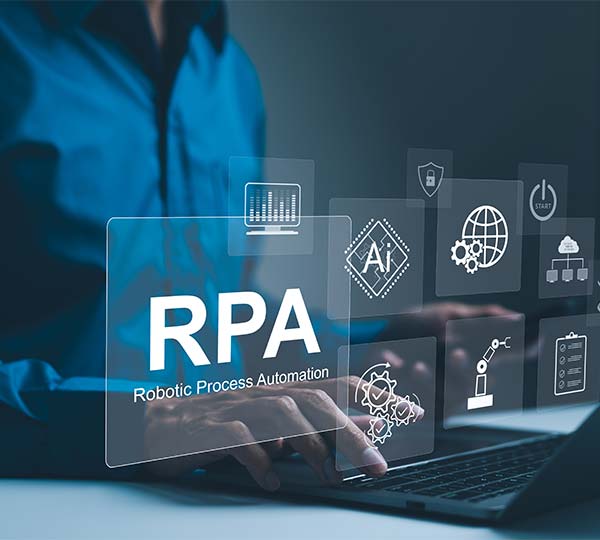
Unified Data & AI Platform
We build modern, cloud-scale platforms that unifies data and AI capabilities. Let us help you integrate Azure Synapse Analytics, Azure AI, and a unified data governance framework to create a single environment for data processing, analytics, and AI-powered insights.

Data-Driven Decision Making
Oakwood works with clients to transform their data into actionable insights with advanced analytics and visualization to better drive smarter decisions by combining Power BI, Azure Machine Learning, and predictive analytics.

Build and Modernize AI Apps
Leveraging Azure cloud services, and AI-driven tools, Oakwood re-architects and optimizes legacy applications to improve functionality, scalability, and user satisfaction. Together, we’ll enhance operational efficiency, customer experiences, and drive innovation.

AI-Enabled Automation and Optimization
Oakwood will unleash the power of AI to optimize business processes, automate workflows, and improve efficiency. We leverage Microsoft services like Azure AI and Power Automate to streamline business operations.


AI Readiness Assessment
Take just a few moments to assess your organization’s readiness to adopt artificial intelligence solutions.
Featured Clients











